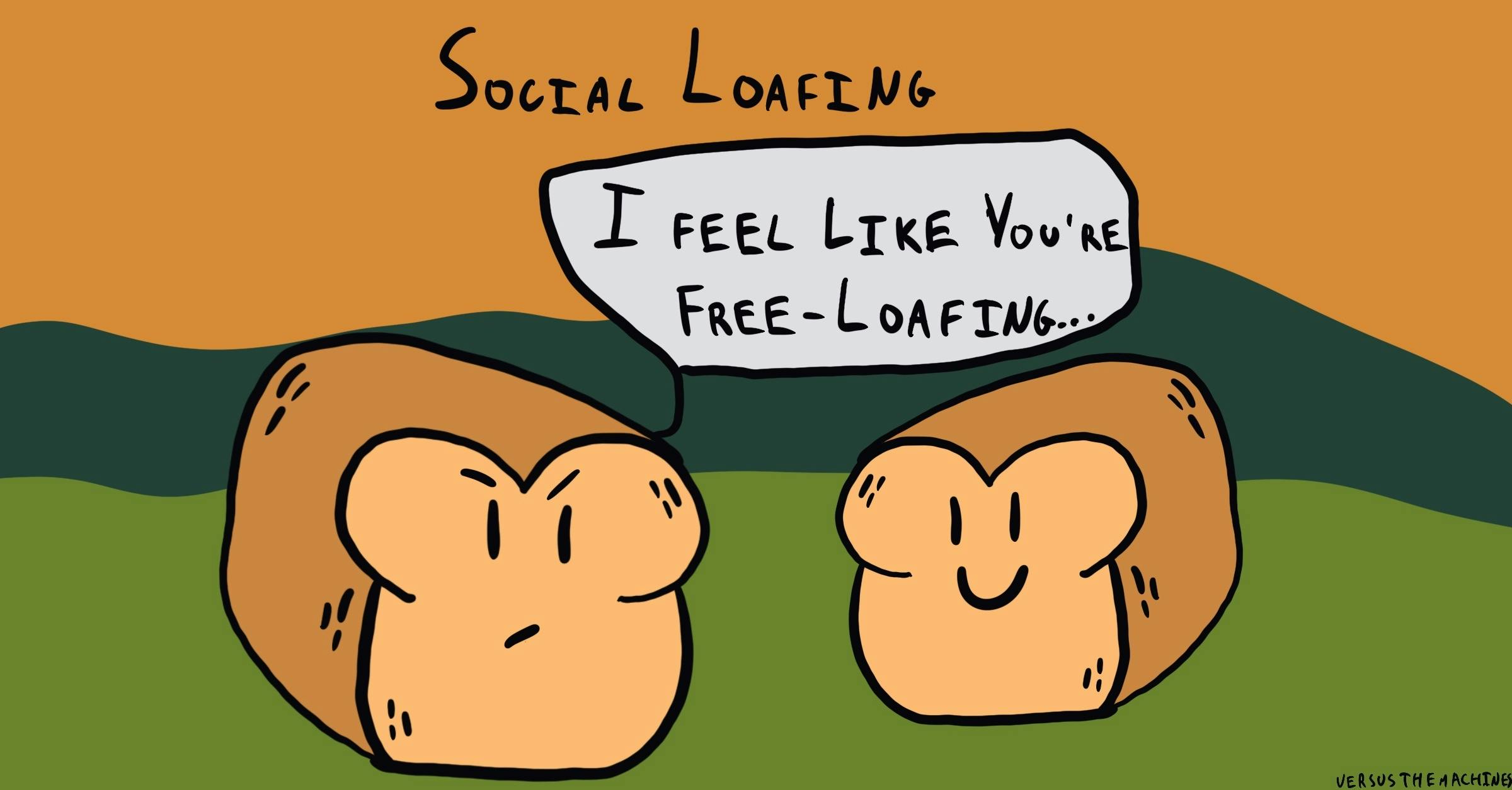Social Loafing
The Basic Idea
What was your last group project? Maybe you were in college, grouped with three other perpetually-tired students, trying to collectively write 20 pages on your favorite behavioral phenomenon. Should be easy right? If the work is divided equally, that’s five pages each – a very feasible workload within a semester. However, as you started to work on the project, two of your group members never answered their email, never contributed ideas, and never showed up to group meetings. Sound familiar?
This classic college behavior – that spans far beyond the college years – is referred to in psychology as social loafing.

Sunday is a day of rest. Loafing is not rest.
– Robert Baden-Powell
About the Author
Adrienne Fu
Adrienne Fu is a student at McGill University studying Economics, Computer Science, and Psychology. She is passionate about behavioural economics, particularly its intersection with consumer decision-making and UX Design. Outside of the (virtual) office, she enjoys film photography, reading, and taking care of her (many) plants.



















